Network Hardware
Key Dimensions of Network Hardware
Before diving into specific types of networks and their hardware, it’s essential to understand two main dimensions that define network hardware: transmission technology and scale
1. Transmission Technology
There are two primary types of transmission technologies used in networking:
1.Point-to-Point Links: These links connect individual pairs of machines directly. This method is known as unicasting when there’s one sender and one receiver. Point-to-point links are often used in scenarios where dedicated communication is required, such as in leased lines or direct connections between two devices.
2.Broadcast Links: In a broadcast network, the communication channel is shared among all machines. When one machine sends a packet, every other machine on the network receives it. Only the intended recipient processes the packet, while others ignore it. Broadcast links are commonly used in local area networks (LANs) and can lead to network congestion if many devices are transmitting simultaneously.
2. Scale of Networks
Networks can also be classified based on their scale, which refers to the distance they cover. Here the main types:
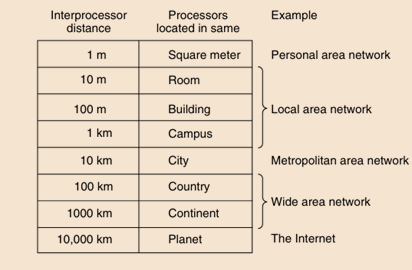
Personal Area Networks (PANs): Designed for a small area, typically within a few meters. A common example is Bluetooth, which allows devices like smartphones, tablets, and peripherals (e.g., keyboards, mice) to connect wirelessly. PANs are ideal for personal device connectivity and are often used in home automation systems.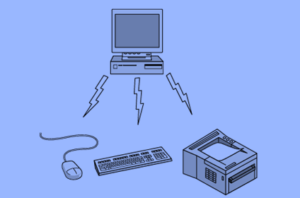
Local Area Networks (LANs): Connect devices within a single building or a small group of buildings, allowing users to share resources. LANs can be wired (using Ethernet cables) or wireless (using Wi-Fi). They are commonly used in homes, schools, and offices to facilitate file sharing, printer access, and internet connectivity.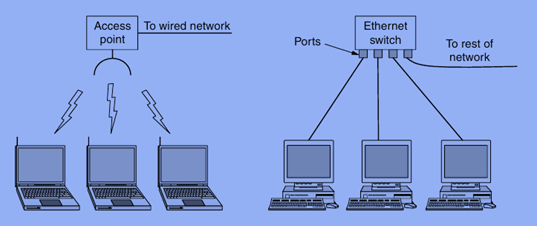
Metropolitan Area Networks (MANs): Cover larger areas, such as a city. Cable television networks are a well-known example. MANs are often used by businesses and organizations to connect multiple LANs within a metropolitan area, providing high-speed internet access and communication services.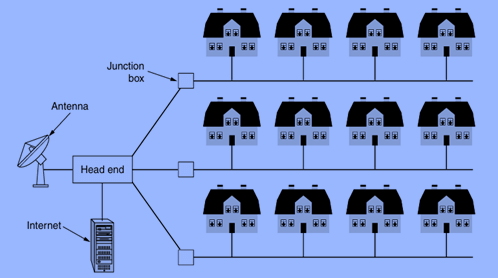
Wide Area Networks (WANs): Span vast geographical areas, often connecting multiple cities or countries. WANs utilize various transmission technologies, including leased lines, satellite links, and fiber optics. They are essential for businesses with offices in different locations, enabling data transfer and communication across long distances.
Internetworks: Formed when different networks are interconnected, with the Internet being the most famous example. Internetworks allow for seamless communication between diverse networks, enabling users to access resources and services across the globe. They rely on routers and switches to manage data traffic and ensure efficient routing.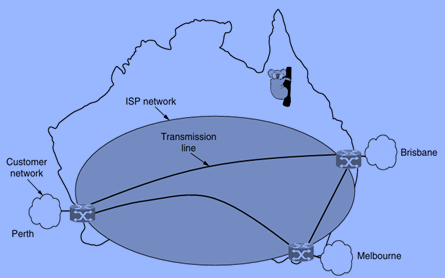
Types of Network Hardware
Now that we understand the scale of networks, let’s look at specific types of network hardware associated with each scale.
1. Personal Area Networks (PANs)
PANs allow devices to communicate over short distances. Bluetooth is a popular example, enabling wireless connections between devices like keyboards and headsets. Other technologies used in PANs include Zigbee and Infrared (IR), which are often used in smart home devices and remote controls.
2. Local Area Networks (LANs)
LANs are widely used in homes and offices. They can be wired or wireless, with wired LANs often using Ethernet cables. Wireless LANs, or Wi-Fi networks, connect devices without the need for physical cables. Key hardware components of LANs include:
- Switches: Devices that connect multiple devices within a LAN, allowing them to communicate efficiently.
- Routers: Devices that connect a LAN to the internet and manage data traffic between different networks.
- Access Points: Devices that extend a wired network by adding Wi-Fi capability, allowing wireless devices to connect.
3. Metropolitan Area Networks (MANs)
MANs cover an entire city and are often used for cable television and internet services. They have evolved to provide two-way communication, allowing users to access the internet. MANs typically use fiber optic cables for high-speed data transmission and may include:
- Metro Ethernet: A popular technology for connecting multiple LANs within a metropolitan area, providing high bandwidth and low latency.
- Wireless MANs: Utilizing microwave or radio frequency technologies to connect devices over larger distances without physical cables.
4. Wide Area Networks (WANs)
WANs connect multiple LANs across large distances, often using leased lines from telecommunications companies. They are essential for businesses with offices in different locations. WAN technologies include:
- MPLS (Multiprotocol Label Switching): A technique for speeding up and shaping network traffic flows.
- VPN (Virtual Private Network): A secure connection over the internet that allows remote users to access a private network as if they were directly connected.
5. Internetworks
Internetworks are collections of interconnected networks that allow for communication between different types of networks. The Internet is the most prominent example, connecting millions of networks globally.
